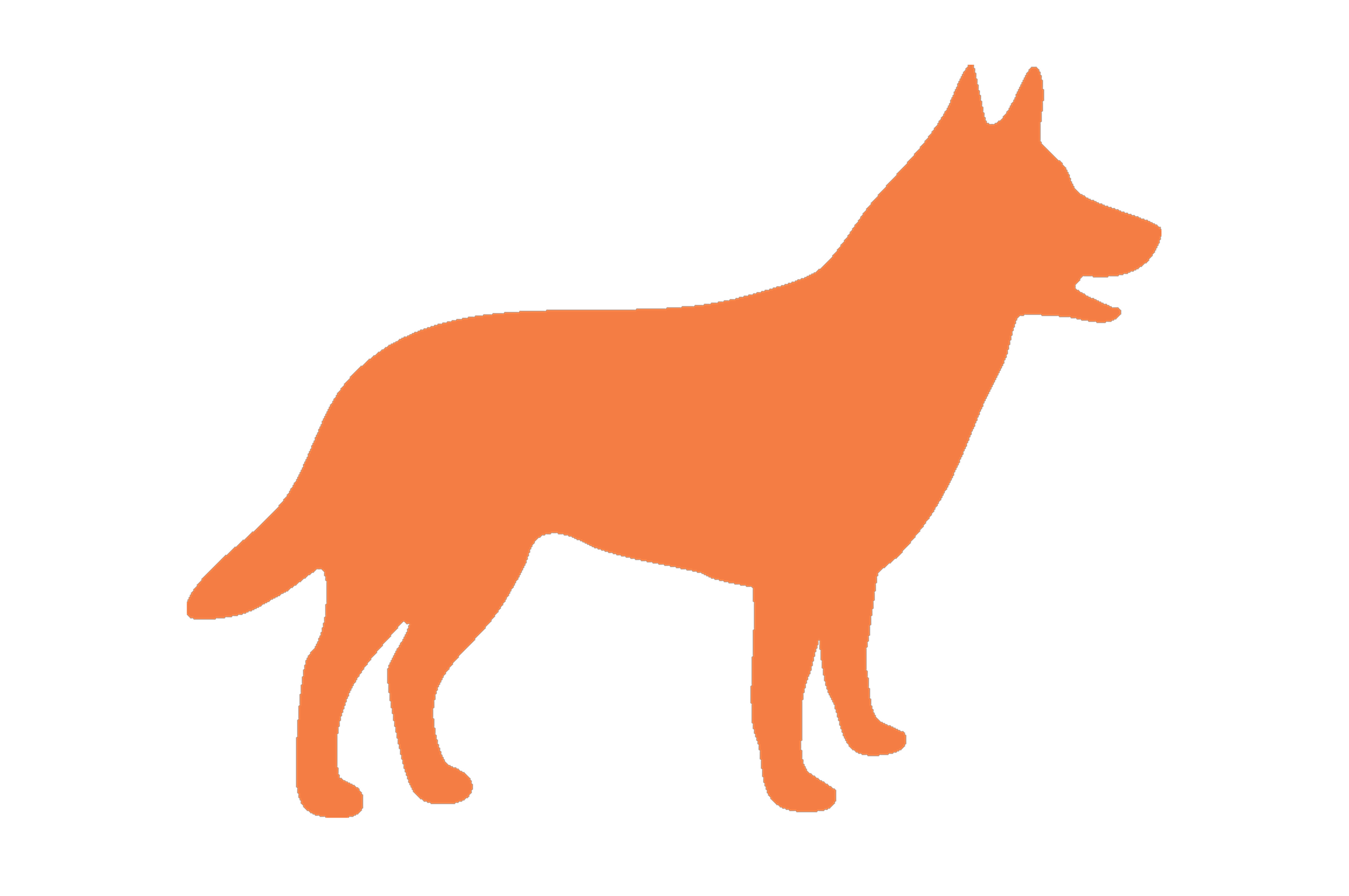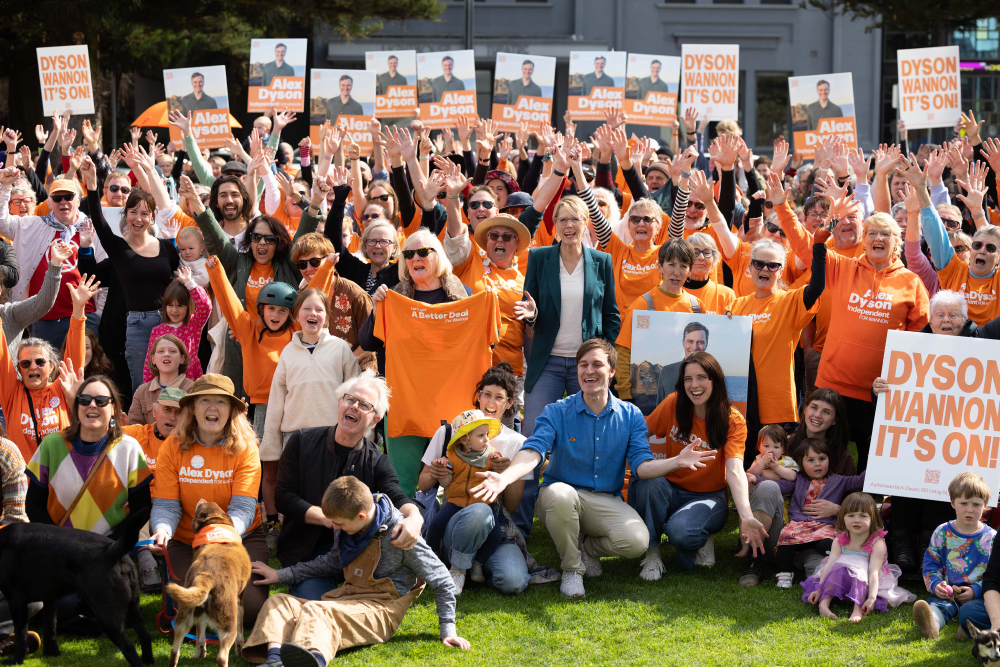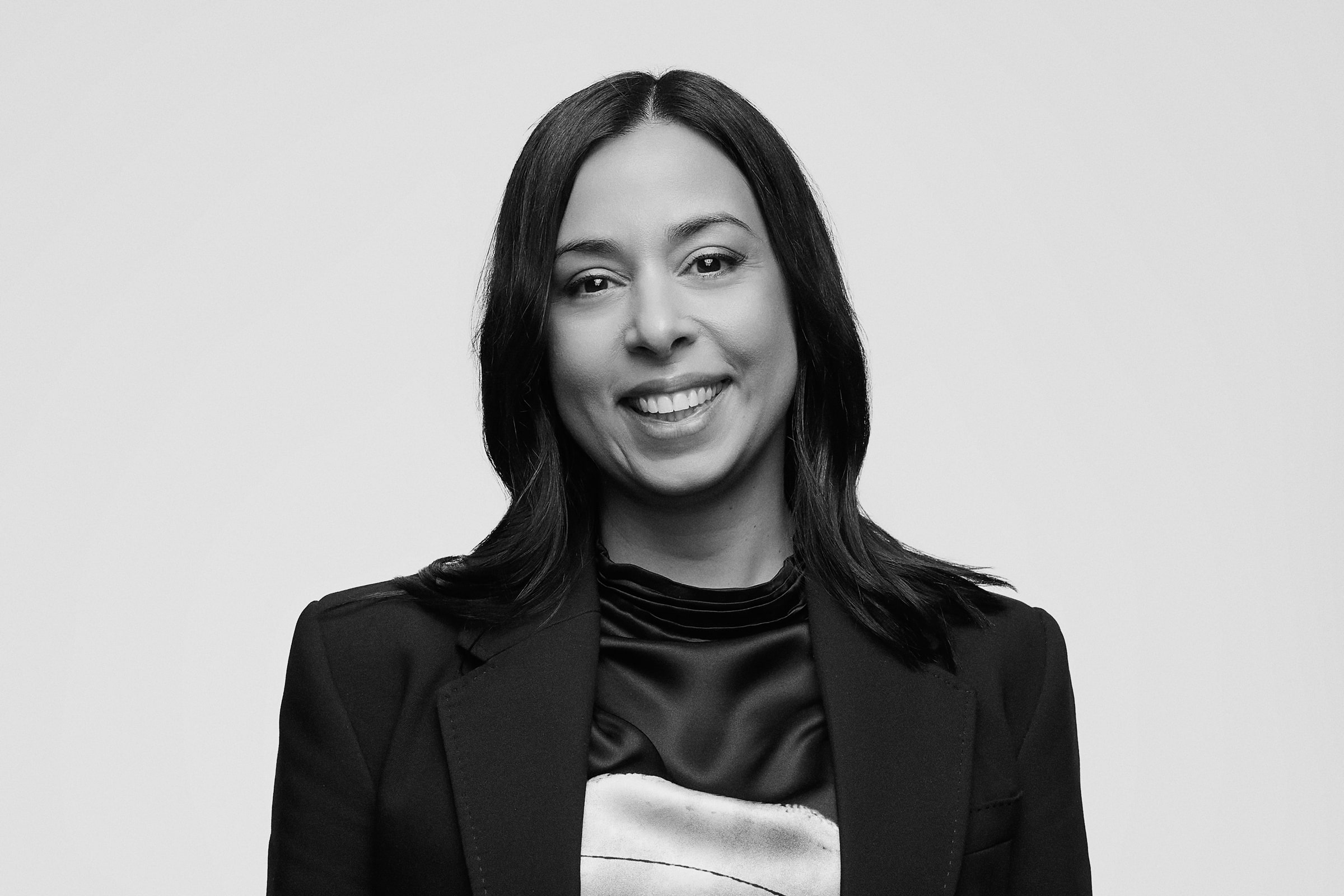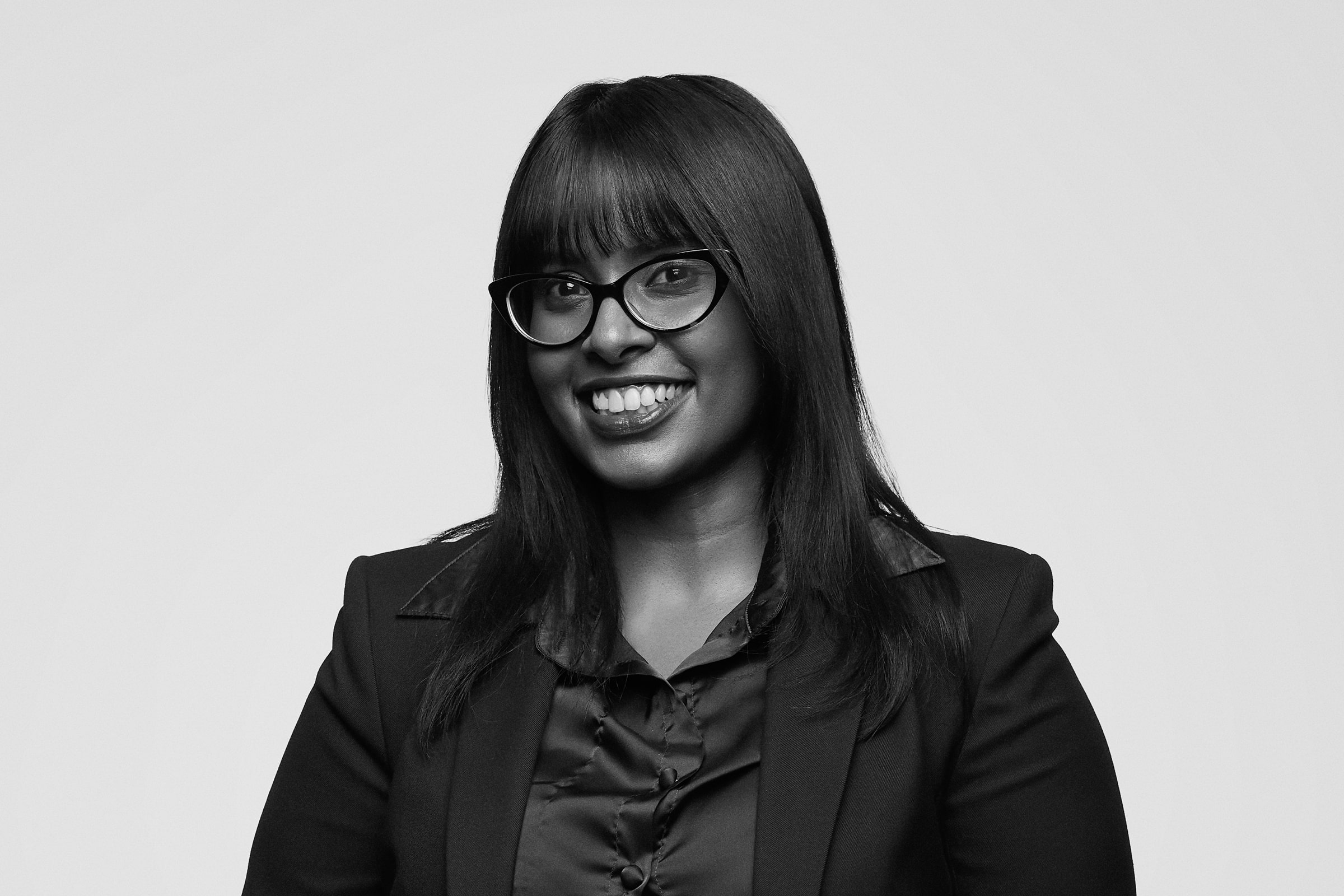

In the 2025 federal election, independent Alex Dyson delivered a record +12.72% swing in Wannon, the largest ever for an independent in the seat’s 70-year history as a Liberal stronghold. Our role was to design and deliver the digital advertising strategy and as part of the overarching community movement we; built a data-driven framework that rapidly grew voter support, doubled Dyson’s first-preference votes from 19,504 (2022) to 34,012 (2025), and helped turn one of Australia’s safest seats into a genuine contest.
record swing.
34,012 (2025)
in 70 years.
The ask
An uphill battle in blue territory.
A network of volunteers, organisers, strategists, and community advocates all contributed to making Wannon one of the most hotly contested seats of the 2025 federal election.
Our role was to create and deliver the digital advertising strategy; one of the major pieces of the puzzle that sat alongside grassroots mobilisation and on-the-ground campaigning. Together, this combination achieved something remarkable.
By election night, Dyson’s challenge was so strong that for weeks the pollsters and betting markets had him favoured to win. Media analysis later described it as one of the toughest contests faced by a sitting Liberal MP in living memory.
ANU political marketing lecturer Andrew Hughes observed: “[Dan Tehan’s] probably one of the hardest-working candidates this election to keep his seat – Alex Dyson threw everything at taking that seat.” Andrew Hughes, ABC News

Kelpie mascot used throughout campaign branding

Alex dyson campaign, wannon
THE CHALLENGE
Wannon has been Liberal-held since 1955; 70 years as a “safe seat.” The sitting MP, Dan Tehan, had held it for 15 years, with strong voter recognition. Dyson entered the race with limited resources against a party machine that, according to reports, poured in around 5x its usual spend to defend the seat.
At the same time, only months before the election, public polling and predictive markets suggested the odds to climb were looking insurmountable. Changing that wasn’t just about visibility; it was about community engagement.
The SOLUTION
A framework that turned data signals to votes.
With limited resources, targeting the entire electorate with the standard election messaging was unlikely to gain the ground we needed. To refine where we spent our ad dollars, we created a psychobehavioural microtargeting framework. This framework was designed to find voter audiences open to change, understand what issues mattered to them, and communicate those issues in a way that would have the highest propensity to have them to Vote #1 Alex Dyson.
Step 1: Measure an ‘openness to change‘
Before we could target effectively, we needed a way to measure voter preference likelihood with more accuracy than the industry standard. Digital campaigning generates enormous behavioural data, and current methodologies weren’t taking advantage of that. We developed a custom tracking infrastructure that analysed micro-behavioural actions (custom signals) that, when stacked together, crafted an accurate behavioural profile of what a voter open to change would look like. That profile turned into our measurement of success, and allowed us focus on a result that would meaningfully translate into increased support for Alex Dyson.
Step 2: Identify which issues resonate with which audiences
We tested messages across more than 15 categories Alex cared deeply about; including healthcare, aged care, roads, political integrity, mental health, cost of living, and more. Each ad ran its own optimisation, giving us clean reads on what ad worked with what audience.
Step 3: Refine how issues were communicated
Once issues and their corresponding target audiences were identified, we shifted to tone and framing. To give an example:
- Men 45-54 resonated with cost-of-living, but only if referenced through easing of farming pressures. Other more standard tactics were not effective.
- Women 65+ were expected to prioritise aged care, but instead took more action with messages connected to community spirit, and where ad endorsers reflected their own demographic identities.
Step 4: Audience-tailored creative
Only the best-performing combinations of issue, audience and message were shown to each group. No wasted impressions. However, the framework only works if the creative itself performs. Our creative approach wasn’t about overwhelming voters with volume, it was about ensuring every message landed with clarity and longevity. Around 60 distinct creative executions were developed (with multiple versions per unique execution), but the real value came from how they were framed and refreshed.
We designed messages to be versatile enough for repeated exposure, while rotating tone, format, and presentation to avoid fatigue. High-performing themes were adapted across platforms and demographics, ensuring consistency of message without over-saturation.
This strategy meant voters saw Dyson’s campaign as ever-present and relevant, rather than repetitive or invasive; keeping impact high all the way to election day.

Audience-tailored creatives
Step 5: Apply geographic precision
We worked with Dyson’s broader campaign to layer these insights over electoral maps. This allowed suburb-level and even polling-place targeting in the areas with the highest potential for swing.
Step 6: Amplify social proof
Because the ads were so specifically aligned with their audiences, engagement rates surged. That high engagement compounded visibility, creating a reinforcing effect where relevant content looked even more popular and credible within target cohorts.
The outcome
A 70 year safe seat, made very unsafe.
- Tehan, a 15-year incumbent, was forced into the hardest fight of his career.
- +12.72% swing. The largest for any independent in the history of Wannon.
- Alex Dyson’s first preference votes grew from 19,504 (2022) to 34,012 (2025).
- Polling and betting markets tipped Dyson as the favourite going into the election.
- The custom tracking infrastructure we devised which analysed micro-behavioural actions, proved to be almost 10% more accurate than the industry’s best voter-likelihood benchmarks.
WHY IT MATTERS
Digital wasn’t the whole story, but it was a critical contributor. By aligning the right issues, messages, and audiences, whilst integrating with the wider campaign’s grassroots and on-the-ground activity, Dyson’s campaign transformed a seat once written off as unwinnable into a genuine contest.
For the first time in 70 years, Wannon is no longer considered a “safe seat”. As a result, the region is set to receive the attention and investment that only comes when a seat is truly competitive.
HOW WE DID IT
Business and Analytics Analysis
Digital Strategy Development
Ad Ops and Digital Infrastructure Setup
Digital Advertising
Account Management and Service
Campaign Management
Performance Management
Performance Digital Design

Rebecca Vella
Founder and Director

Anthony Green
Founder and Director

Rachel Vella
Head of Design

Samalka Wedaratne
Digital Infrastructure Specialist
Client: Alex Dyson, Independent